Expansion of the Pet Food Sector
The expansion of the pet food sector is emerging as a significant driver in the Animal Nutrition Market. As pet ownership continues to rise, particularly in urban areas, the demand for high-quality pet nutrition is increasing. Pet owners are increasingly seeking premium, nutritionally balanced diets for their animals, which has led to a surge in the development of specialized pet food products. Market data suggests that the pet food segment is expected to grow at a rate of approximately 6% annually over the next few years. This trend not only reflects changing consumer attitudes towards pet care but also presents lucrative opportunities for manufacturers within the Animal Nutrition Market to diversify their product offerings.
Rising Awareness of Animal Welfare
The growing awareness of animal welfare issues is significantly influencing the Animal Nutrition Market. Consumers are becoming more informed about the conditions in which animals are raised and the impact of nutrition on their well-being. This shift in consumer sentiment is driving demand for feeds that promote better health and welfare outcomes for livestock. As a result, feed manufacturers are increasingly focusing on developing products that align with these ethical considerations. The market for animal nutrition products that prioritize welfare is expected to expand, reflecting a broader trend towards responsible consumption. This evolving landscape presents opportunities for stakeholders in the Animal Nutrition Market to innovate and cater to the changing preferences of consumers.
Technological Innovations in Feed Formulation
Technological advancements in feed formulation are revolutionizing the Animal Nutrition Market. Innovations such as precision nutrition and the use of artificial intelligence in feed production are enabling manufacturers to create tailored nutritional solutions for various animal species. These technologies allow for the optimization of feed ingredients, enhancing digestibility and nutrient absorption. Recent studies indicate that the adoption of such technologies can lead to a reduction in feed costs by up to 10% while improving animal performance. As these innovations continue to gain traction, they are likely to drive growth in the Animal Nutrition Market, fostering a more efficient and sustainable approach to animal husbandry.
Increasing Demand for High-Quality Animal Products
The rising consumer preference for high-quality animal products is a pivotal driver in the Animal Nutrition Market. As consumers become more health-conscious, they increasingly seek meat, dairy, and eggs that are not only nutritious but also produced sustainably. This trend has led to a surge in demand for premium animal feed that enhances the nutritional profile of livestock. According to recent data, the market for high-quality animal products is projected to grow at a compound annual growth rate of approximately 5.5% over the next five years. Consequently, feed manufacturers are compelled to innovate and provide superior nutritional solutions, thereby propelling the Animal Nutrition Market forward.
Regulatory Support for Animal Health and Nutrition
Regulatory frameworks that promote animal health and nutrition are instrumental in shaping the Animal Nutrition Market. Governments worldwide are increasingly recognizing the importance of animal welfare and nutrition in ensuring food security. This has resulted in the implementation of policies that encourage the use of scientifically formulated feeds. For instance, regulations that mandate the inclusion of specific nutrients in animal diets are becoming more prevalent. Such policies not only enhance the quality of animal products but also stimulate market growth. The Animal Nutrition Market is likely to benefit from these supportive regulations, as they create a conducive environment for innovation and investment in nutritional products.


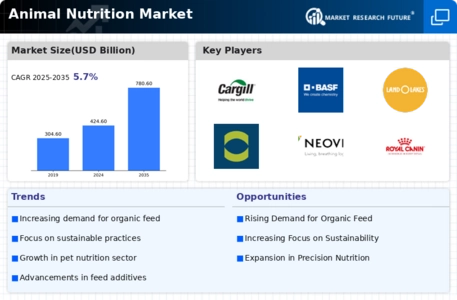
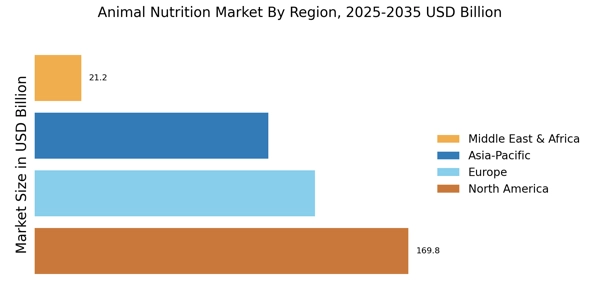
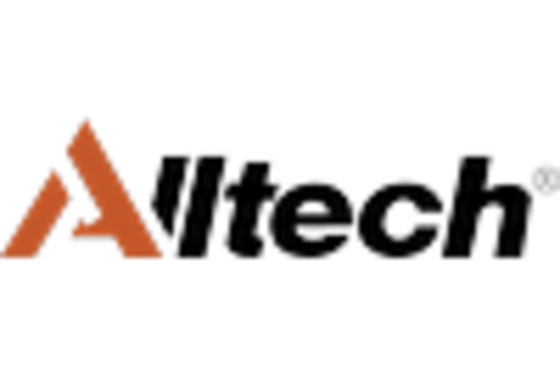
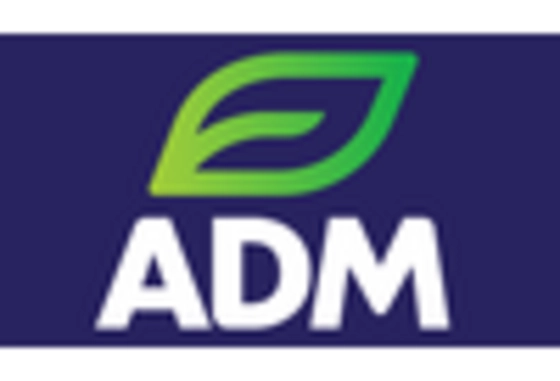


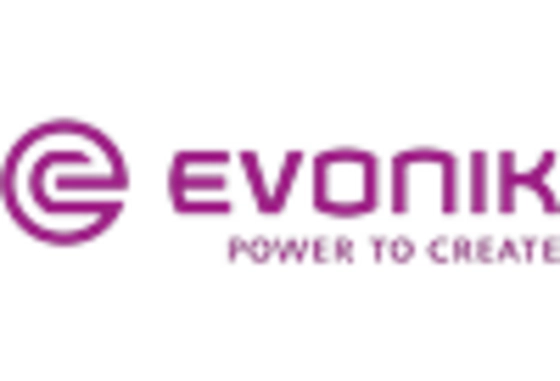
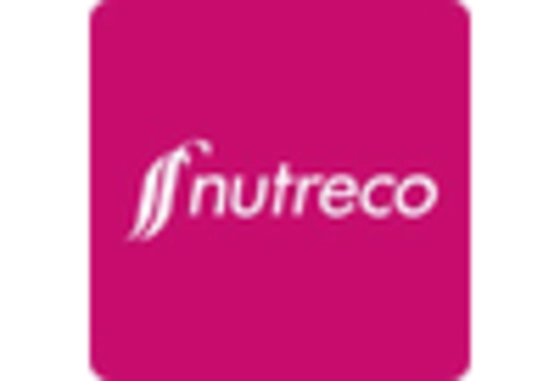








Leave a Comment